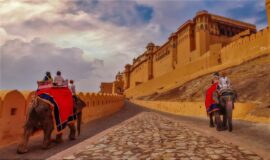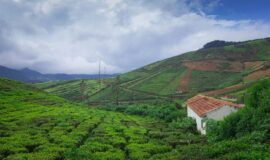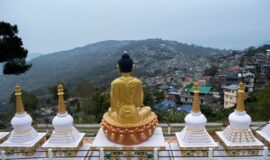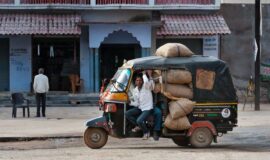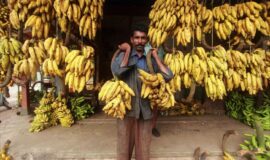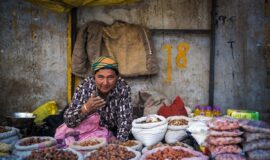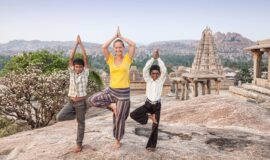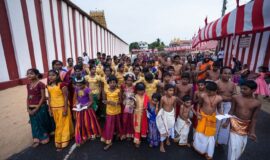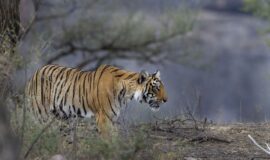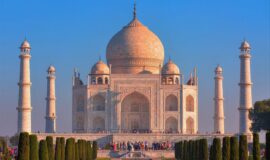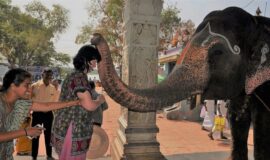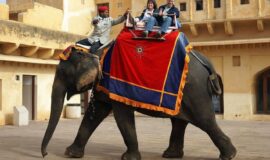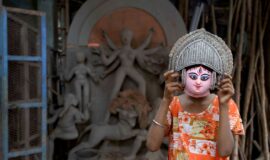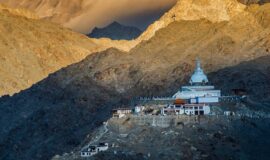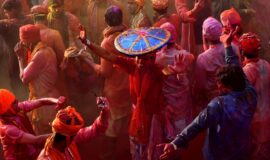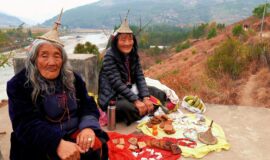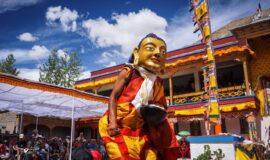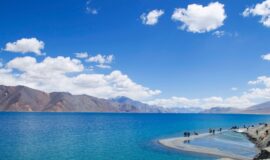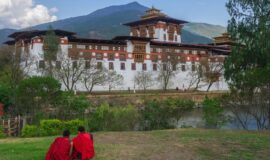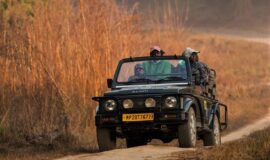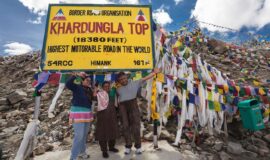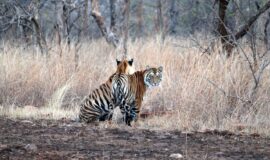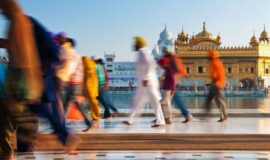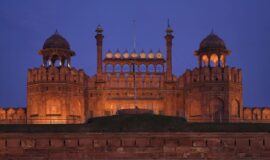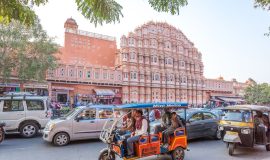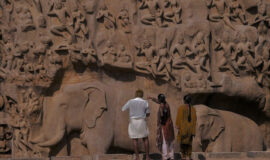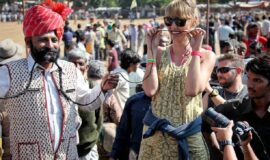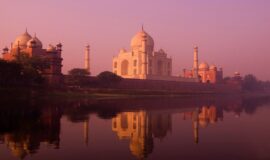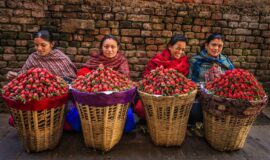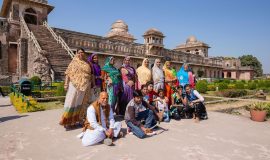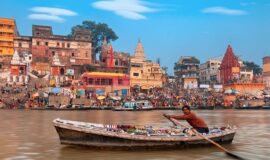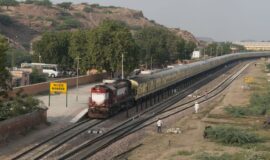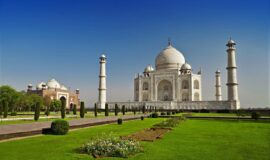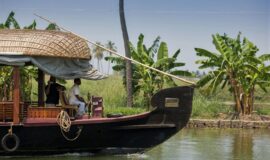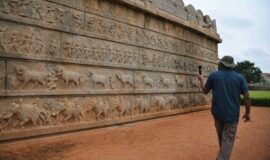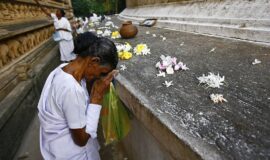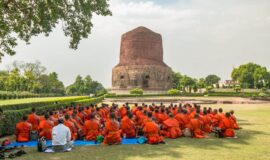ZEN – BUDDHA’S LIFE & TIMES
The Buddha’s Life
Life After Buddha
Buddhism As It Is Now
Buddhist Stupas
The Buddhist Calendar
The Buddha’s Life
In 556 BCE, Gautam Buddha was born in a royal family. His birthplace was Lumbini (Nepal), which is located near the border of Nepal and India. Prince Siddhartha, in which he was also called, inadvertently discovered that people become ill and die. Before that, he had lived a very sheltered life. After his new revelation, he was persuaded to give up the pleasures of the world. The Buddha started meditating and as a result, became enlightened at the age of twenty-nine while sitting under a Bodhi tree located at Bodh Gaya in Bihar (India). This place is deemed one of the most sacred pilgrimages. Bodh Gaya houses the Mahabodhi temple or Vishal Buddha Mandir. There, you will find a huge monument of the Buddha meditating deeply.
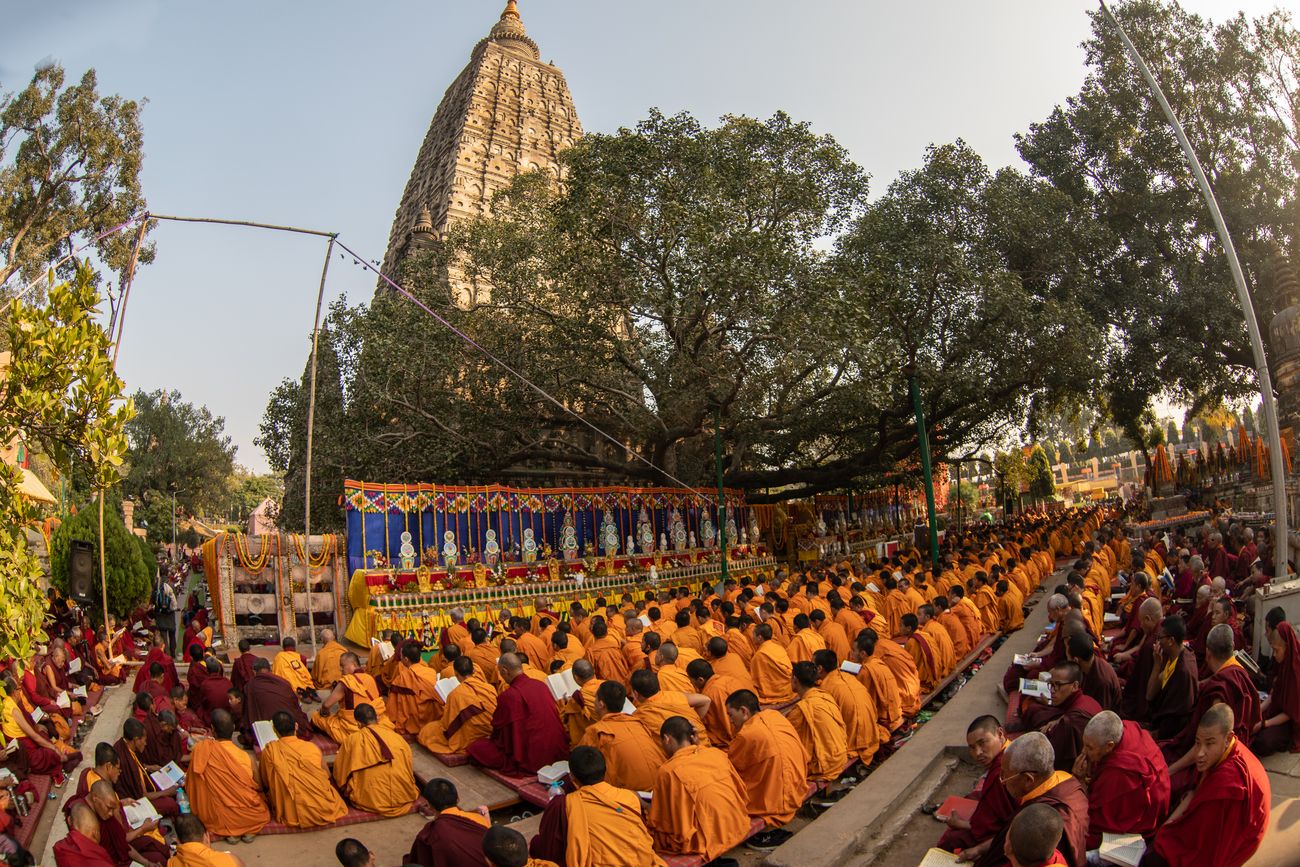
Buddhist monks sit on the ground to chant and offer prayers at the Mahabodhi Temple Complex in Bodh Gaya © Kijja P44
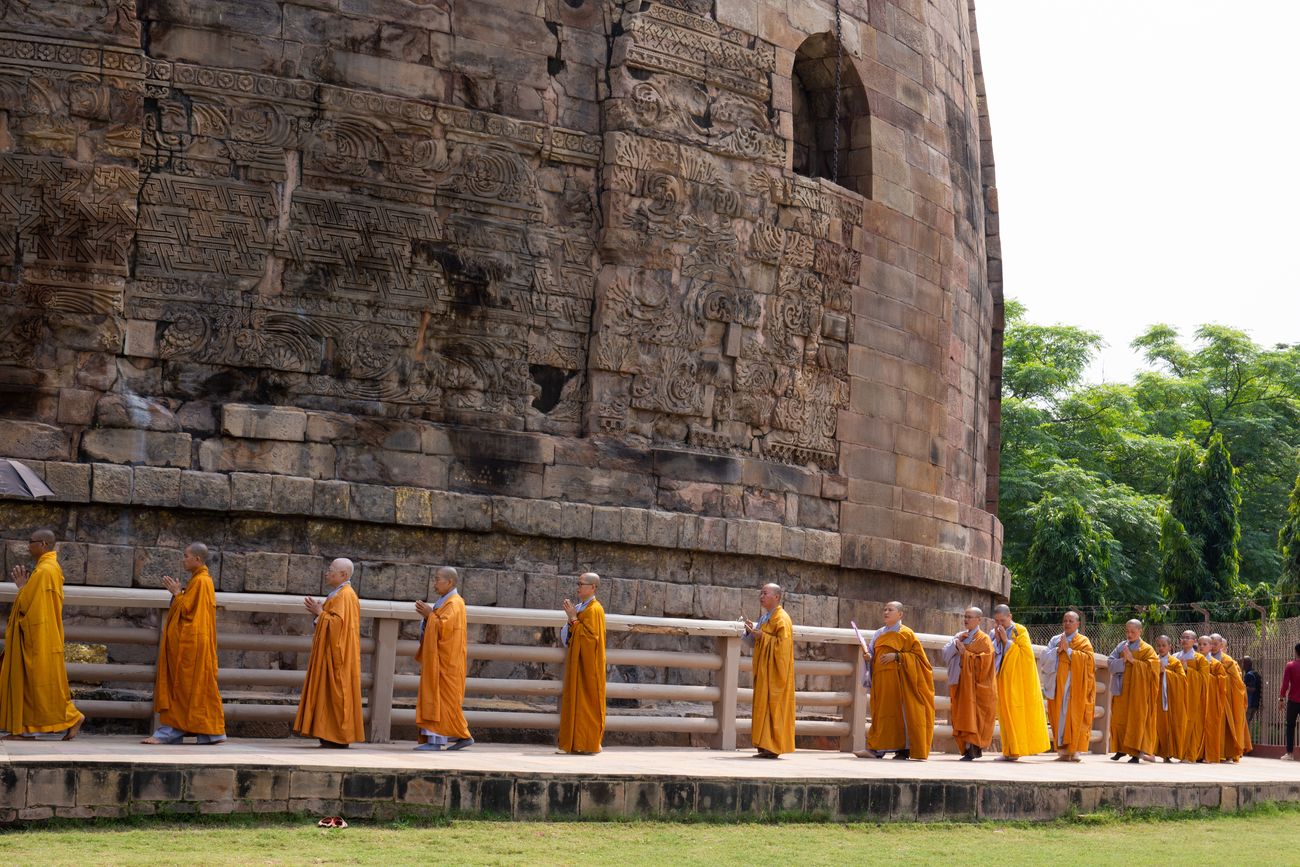
A group of Buddhist monks goes round the Dhamek Stupa in Sarnath, near Varanasi © PHOTO BAZAR INDIA
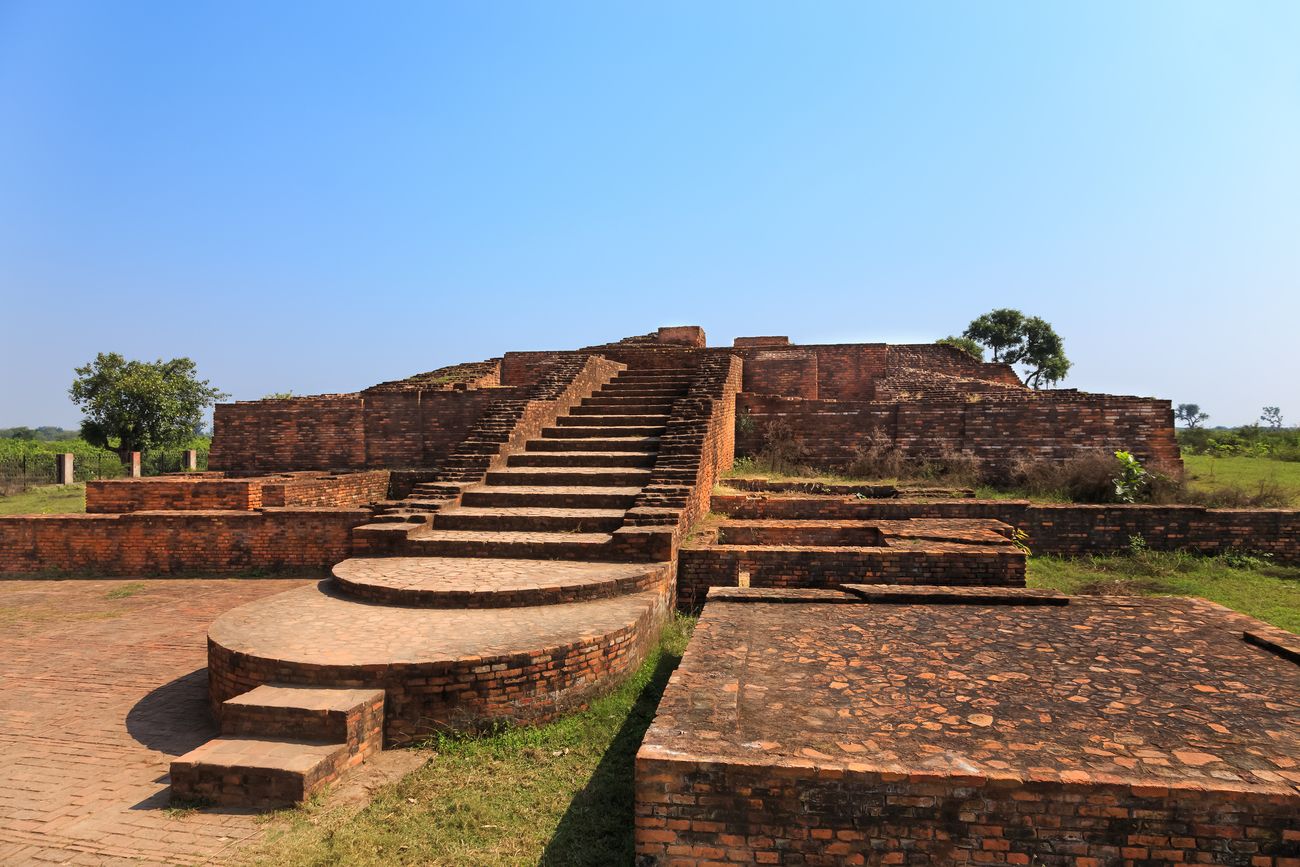
The Anathapindika Stupa, also known as Kachchi Kuti, in Shravasti, Uttar Pradesh © Casper1774 Studio
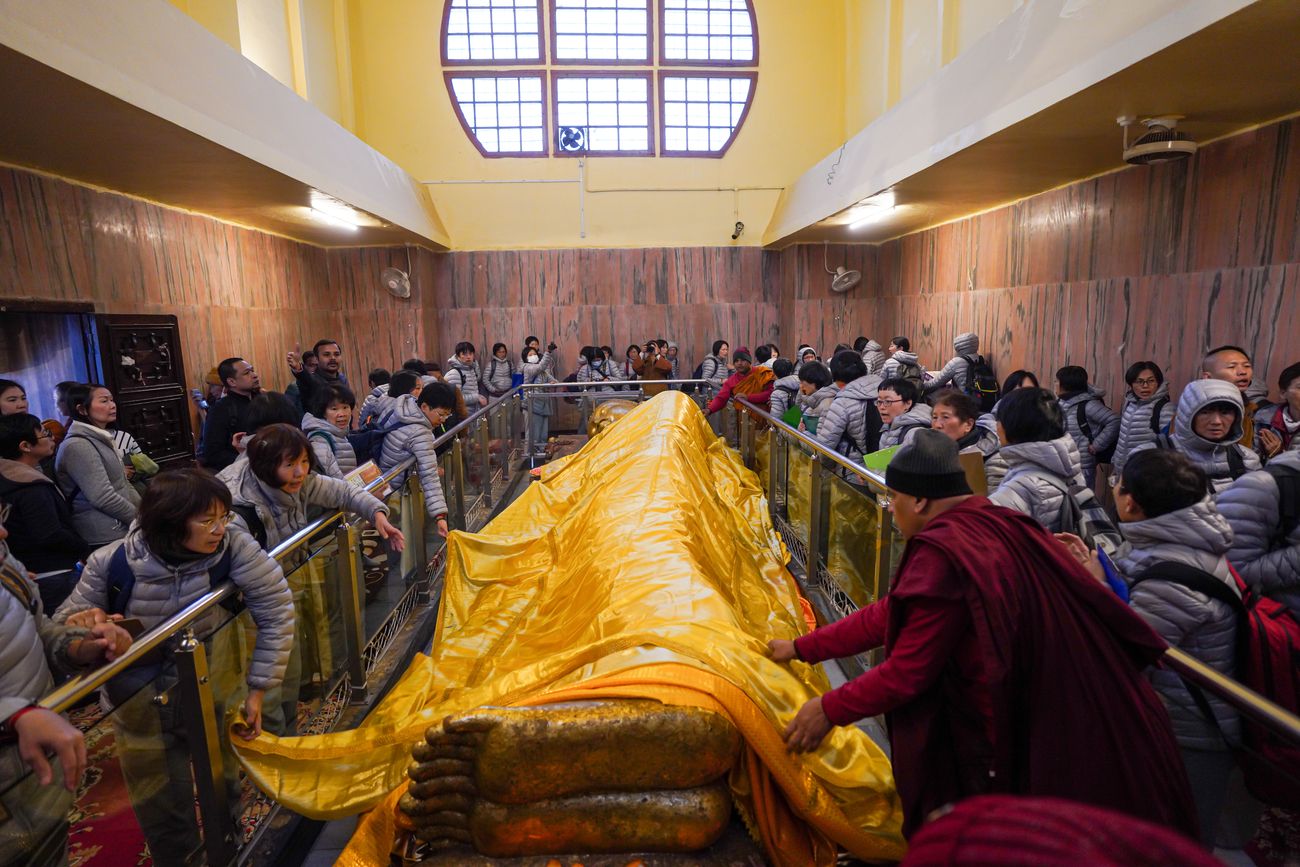
Devotees worship the reclining Buddha statue with a large golden fabric in Kushinagar, India © Charnsitr
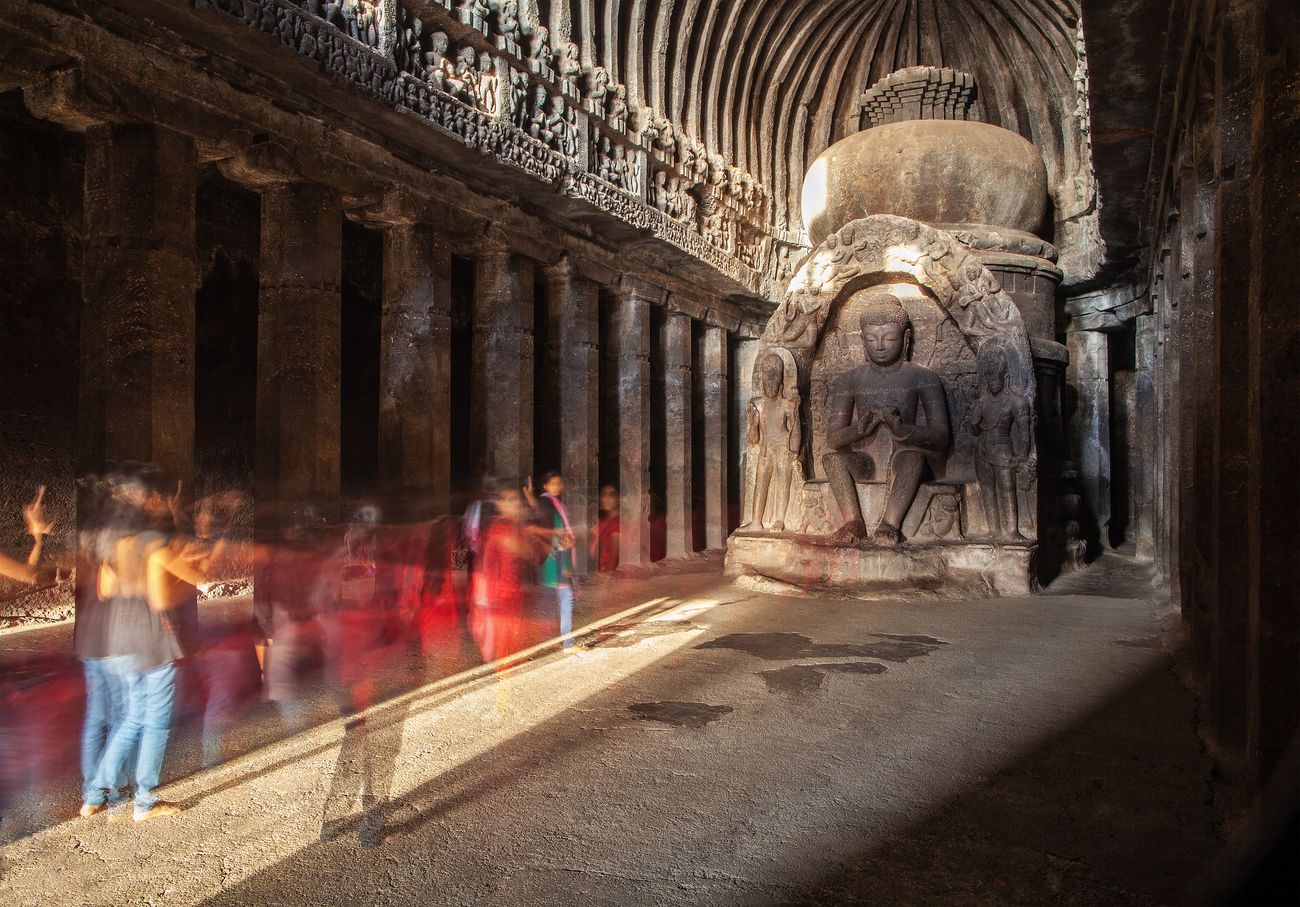
A group of tourists shot with long exposure as they visit a stone carved statue of the Buddha sitting in sunlight © Denis Dymov
Life After Buddha
Buddha lived until he was 80 years old. After his life and times, Buddhism proliferated all over the country. Several of the remnants of Buddha were unearthed by the Archaeological Survey of India (ASI) throughout the country. Moreover, many monasteries spreading his teachings were constructed. These sites can be found mainly in Andhra Pradesh, the Northeast, Maharashtra, Jammu and Kashmir, Himachal Pradesh, Punjab, and Haryana. The rock-cut temples that have been carved into the cliff at Ajanta near Aurangabad in Maharashtra have been designated UNESCO World Heritage Site. It is believed these were constructed between the second and sixth centuries BC and the lovely sculptures and paintings are compositions to Buddhism. The twelve caves located at Ellora, 100 km from Ajanta are Buddhist caves with places to live and sleep. They have kitchens and other rooms, as well as Buddha’s statues. The Mahayana monastery caves are numbered 11 and 12. They belong to the Vajrayana school of Buddhism.
Other prominent landmarks of Buddhism in Maharashtra are the Aurangabad Caves. There are the:
• Bedse Caves near Pune
• Bhaja Caves near Lonavala
• Pitalkhora Caves near the Satamala hills of the Western Ghats
• Ghorawadi or Ghorawdeshwar Caves near Pune
• Jogeshwari Caves off the Western Express Highway
• Kanheri Caves within the Sanjay Gandhi National Park in Mumbai
• Karla Caves near Lonavala
• Mahakali Caves in Andheri, Mumbai
• Pandavleni Caves near Nashik, an example of Hinayana Buddhist architecture
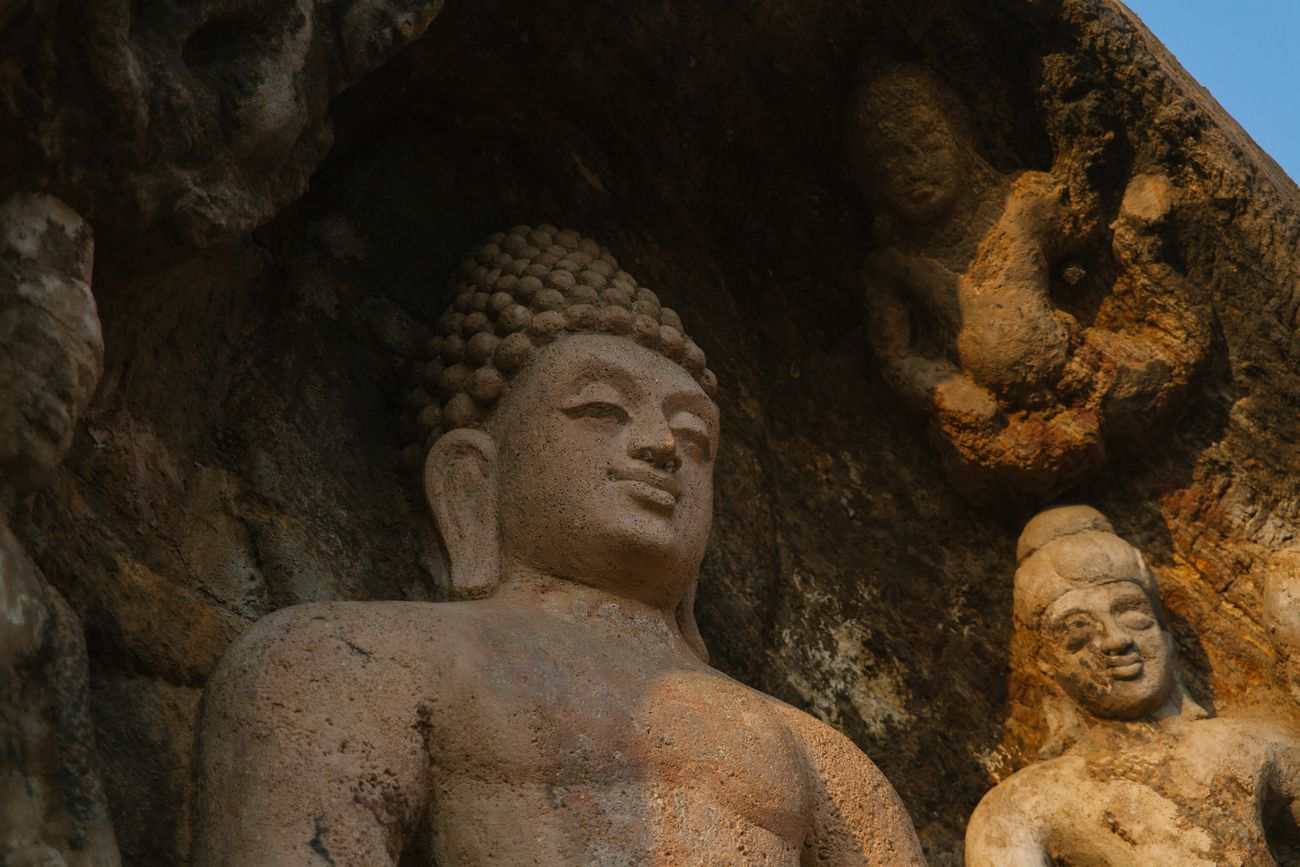
A Buddha statue carved in stone in Bojjannakonda, Andhra Pradesh © CatJelli
Many Buddhist memorials are found in Andhra Pradesh around Vijayawada and Visakhapatnam. Amaravati houses the Great Buddhist Stupa, which is one of India’s largest and has the remnants of Buddhist settlements. At Gudiwada near Vijayawada, an estimated 99 dunes with relics of Buddhist stupas can be seen. In the Guntur district, Chandavaram is also a historic heritage landmark of Buddhism. Bhattiprolu in the Guntur territory is famous for its ancient stupa.
Buddhist monastic settlements are located in Ghantasala town in the Krishna district establishments. Adurru, which is close to Ghantasala houses a Mahastupa. Ancient remnants of rock stupas are located in Visakhapatnam, Sankaram, and on the exterior of the caves in Bojjannakonda are rock carvings. Bavikonda Hill is another heritage site of Buddhism. During excavations there, structures were discovered that give some indication sections of the Hinayana, Mahayana, and Vajrayana Buddhism prospered there.
Bojjannakonda located close to Visakhapatnam has existed for 2,000 years. This is also a Buddhist landmark with a stone-cut statue of Buddha. On the summit of Mangamaripeta Hill, Thotlakonda are the Hinayana monastery, votive stupas, a Mahastupa, sculpted panels, Brahmi inscriptions, and a solitude statue with Buddha in a pensive position. Buddhist unearthings at Salihundam near Srikakulam have exposed a significant number of Buddhist Stupas, as well as a huge monastery complex. Another restored Buddhist site, Nagarjunakonda aka Sriparvata, is 145 km from Guntur. There, you will find the striking colossal statue of the Buddha.
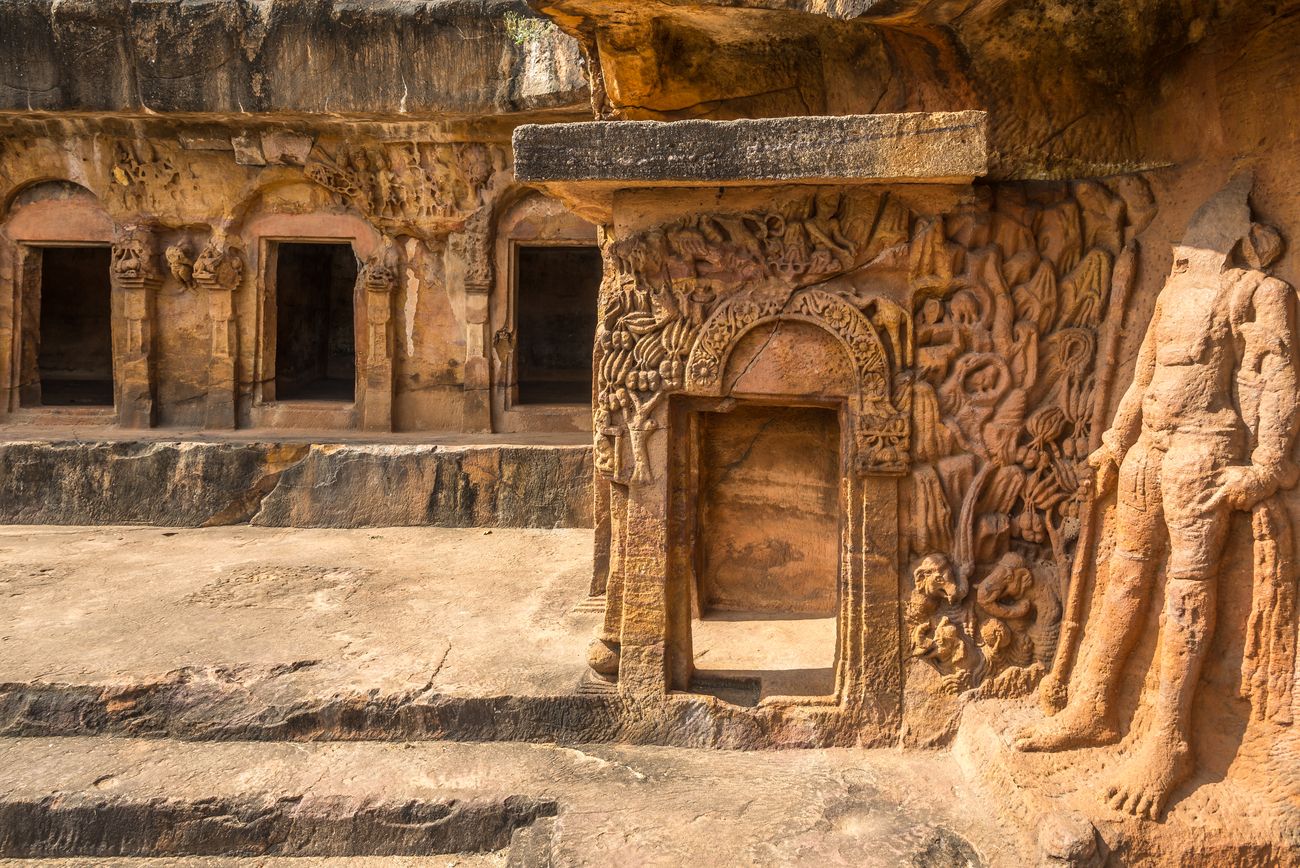
The view from the Warrior sculpture in Rani Gumpha caves of the Udayagiri caves complex in Bhubaneswar, Odisha © milosk50
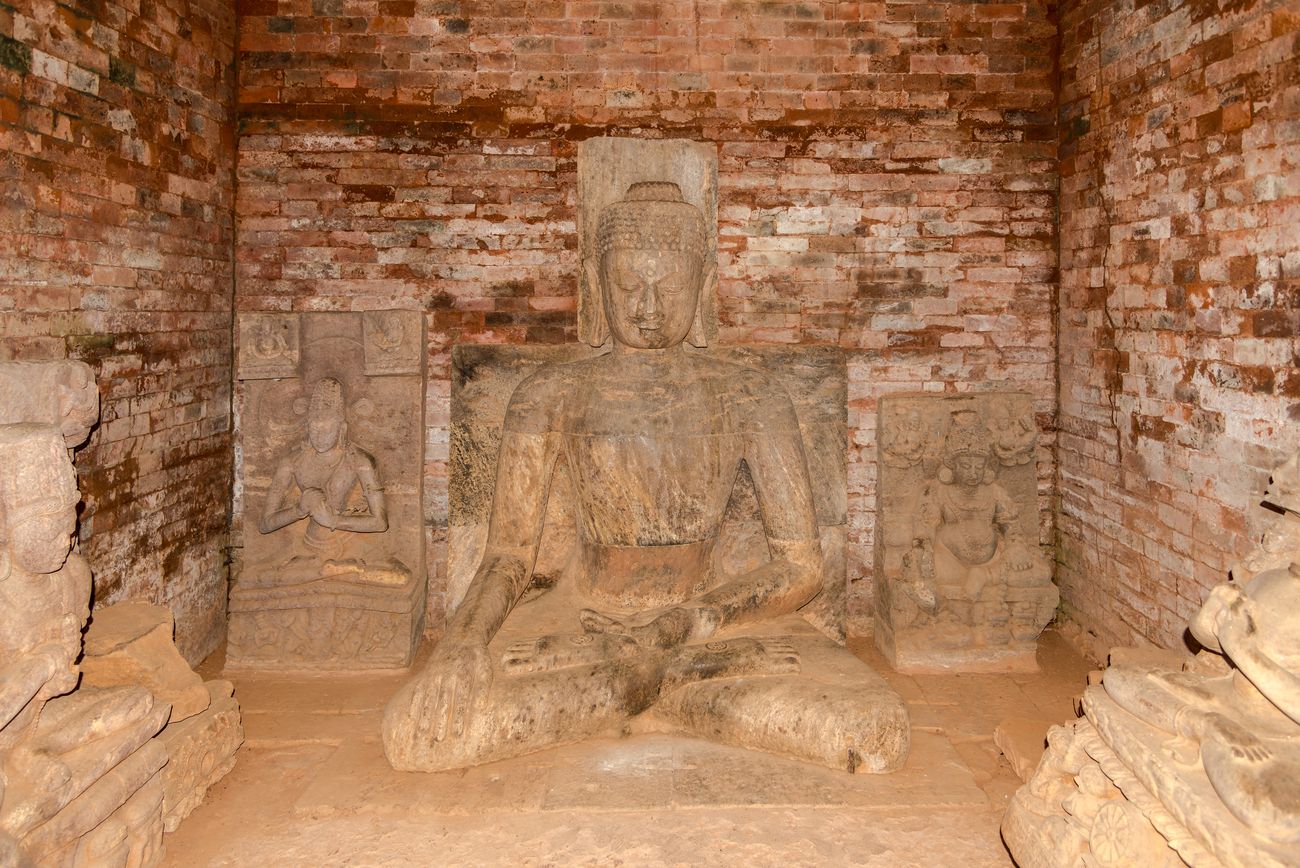
One of the many Buddha statues in Udayagiri Buddhist Complex of Odisha © milosk50
Odisha was a section of Kalinga at the time Emperor Ashoka chose to convert to Buddhism. It houses the Shanti Stupa at Dhauli Hills. This is evidence of the significant decision made by the great king. By the way, the Buddhist text Anguttara Nikaya says that the first followers of Buddha: Bhallika and Tapusa originated from Ukkala, Kalinga.
The largest Buddhist monastery in South Asia is the Padmasambhava Mahavihara monastery at Chandragiri. Some 100 km from Bhubaneswar is Ratnagiri where Buddhist shrines, consecrated stupas, huge monasteries, and a large stupa are located. An ASI museum is also there. In Udayagiri is a stupa shaped much like a bell. This is a sign that at some point the Vajrayana sect of Buddhism was there. One of the largest Buddhist structures from the 1st century is located on Lalitigiri, some 12 km from Ratnagiri. There, you will also find a gigantic stone monastery. The unearthed images display a variety of Buddhist art. In Odisha, there is also a well-known Buddhist seat of learning, which is situated at Langudi hill where the remnants of stone monastery and stupa are.
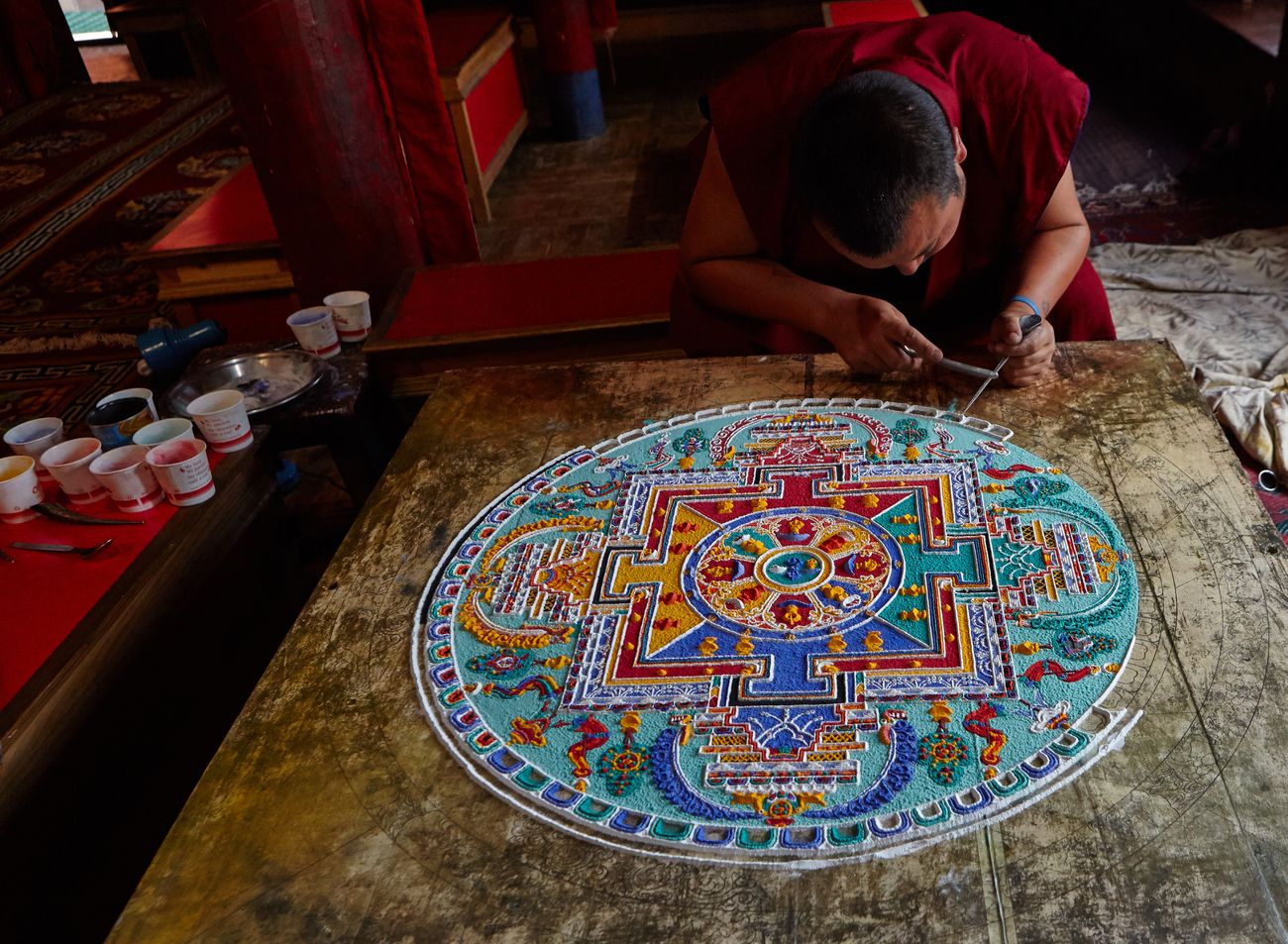
A monk constructs an intricately patterned mandala with colored sand which is believed to emit positive energy at a monastery in Tibet © Liudmila Kotvitckaia
In Himachal Pradesh, Buddhism is mainly at McLeodganj, Dharamsala. It got its nickname “Little Lhasa’due” due to the significant number of Tibetans living there. The huge monastery is called the home of the Dalai Lama in India. A 10th-century monastery, Tabo monastery, is located in Tabo village of Spiti Valley. Other Buddhist landmarks are:
• Key Monastery in Lahaul
• Guru Ghantal Monastery in Lahaul
• Dhankar Monastery 25 km from Kaza in Spiti
• Namgyal Monastery in Dharamsala
• Kardang Gompa in Kardang village in Lahaul
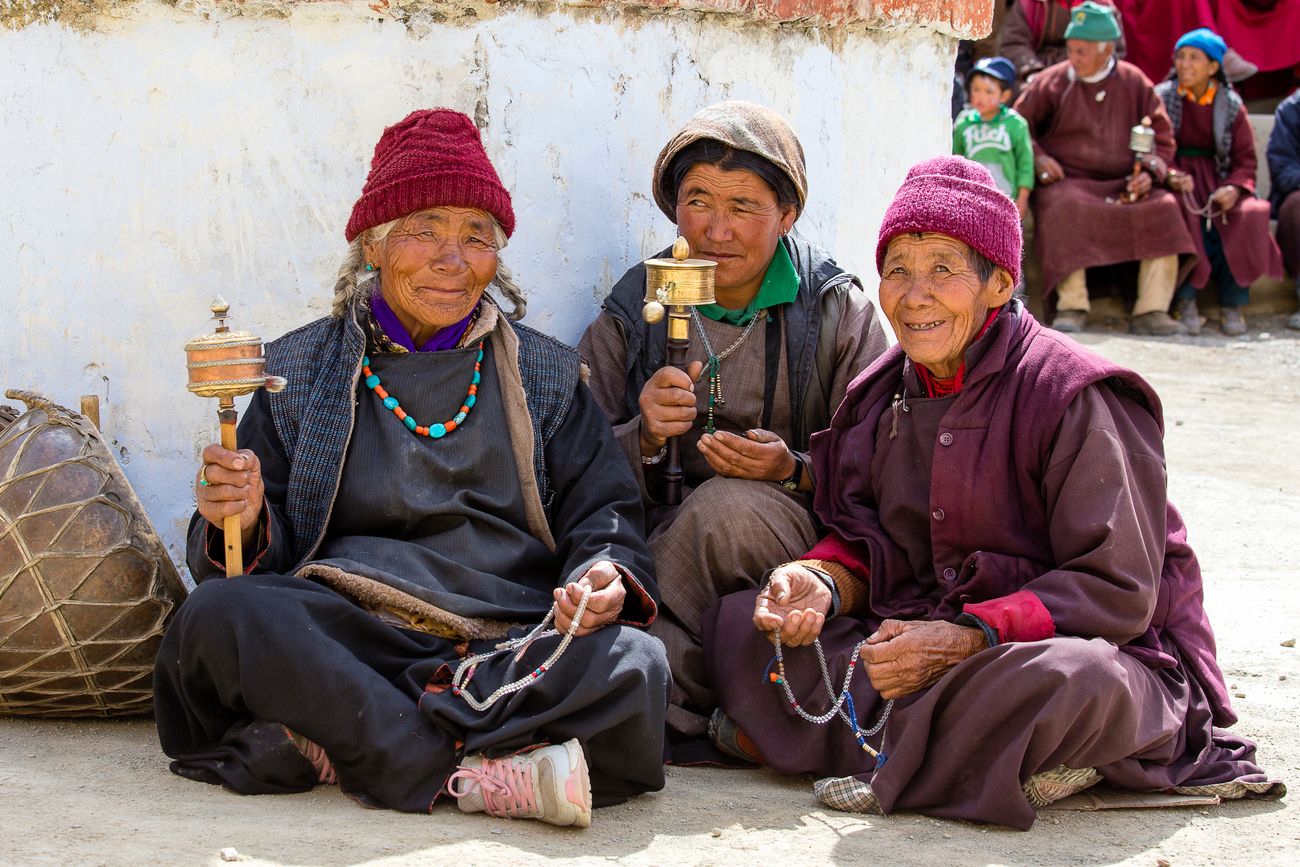
Old Buddhists sitting during mystical mask dancing called Tsam during the Yuru Kabgyat Buddhist festival at Lamayuru Gompa, Ladakh © OlegD
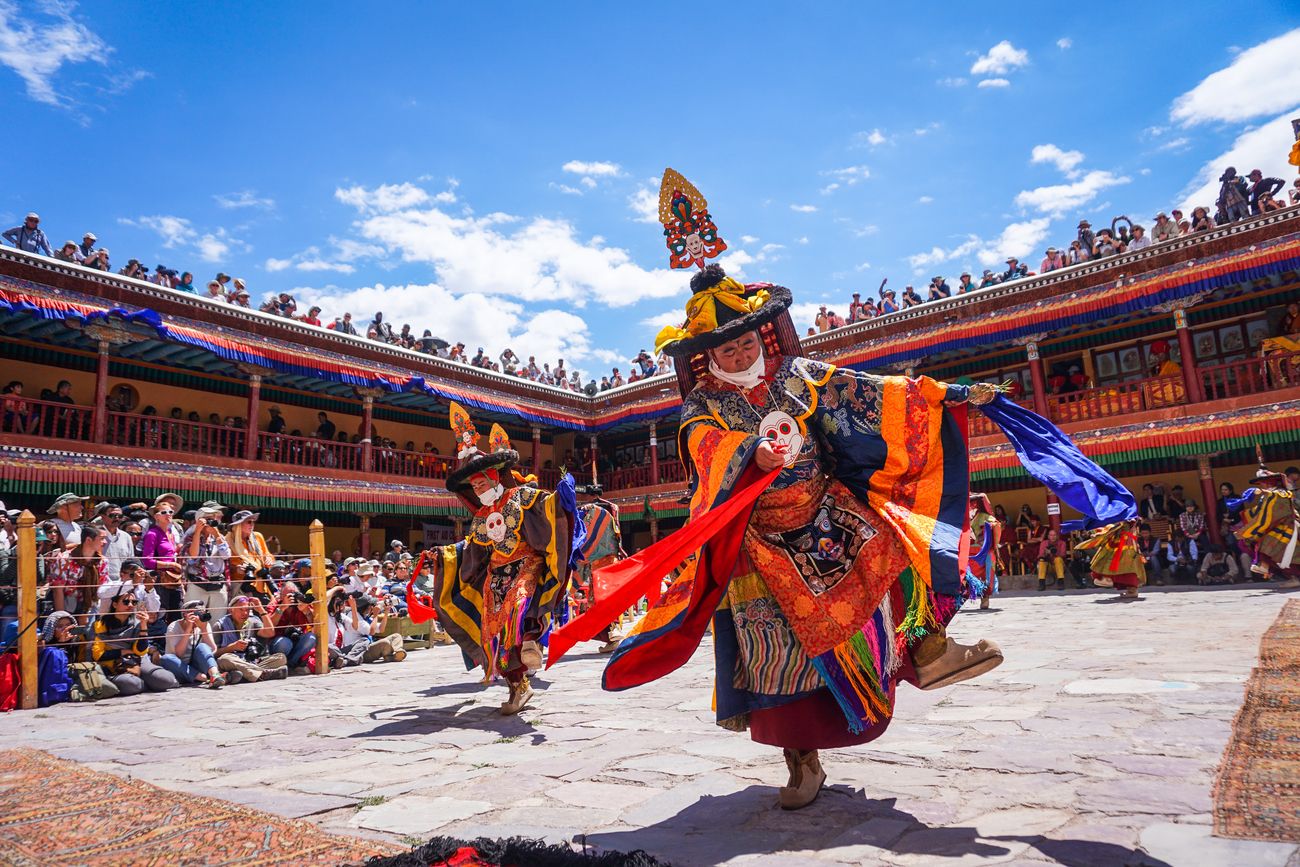
A Tantric Buddhist ceremony at Hemis monastery with tantric mask dance, also known as Cham dance, by the name of Hemis Tsechu © Mai Tram
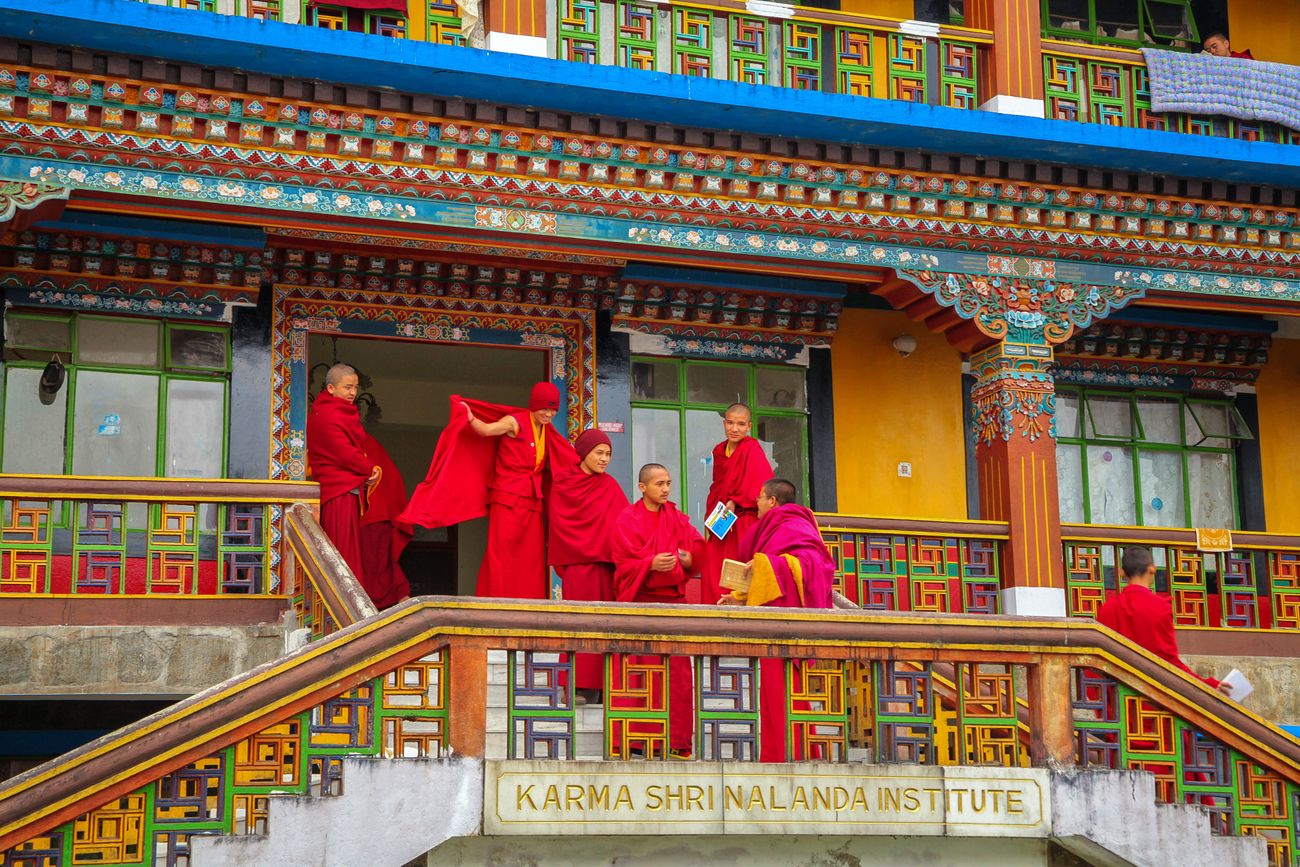
Tibetian monks stand outside the vibrant Rumtek Monastery which is one of the most famous monuments of Gangtok © ImagesofIndia
In northeast India, the Rumtek Buddhist Monastery is the biggest in Sikkim. The monks of this monastery are followers of Karma Kagyu heritage. With nearly two hundred monasteries belonging to the Nyingma and Kagyu order, Sikkim is a well-loved Buddhist destination. Some of the most popular monasteries in this region are Pemayangtse, Sanga Chelling Enchey, Labrang, Tashiding, Phensang, Phodang, Pal Zurmang Kagyud, Tsuk-La-Khang, Ralong, and Dubdi.
The biggest monastery in India is the Tawang Monastery located in the state of Arunachal Pradesh. It was constructed in the 17th century and is also known as Galden Namgey Lhatse translated as the “heavenly paradise on a fair night.” Included in the oldest temples here is the Buddha Temple at Polo Ground in Shillong.
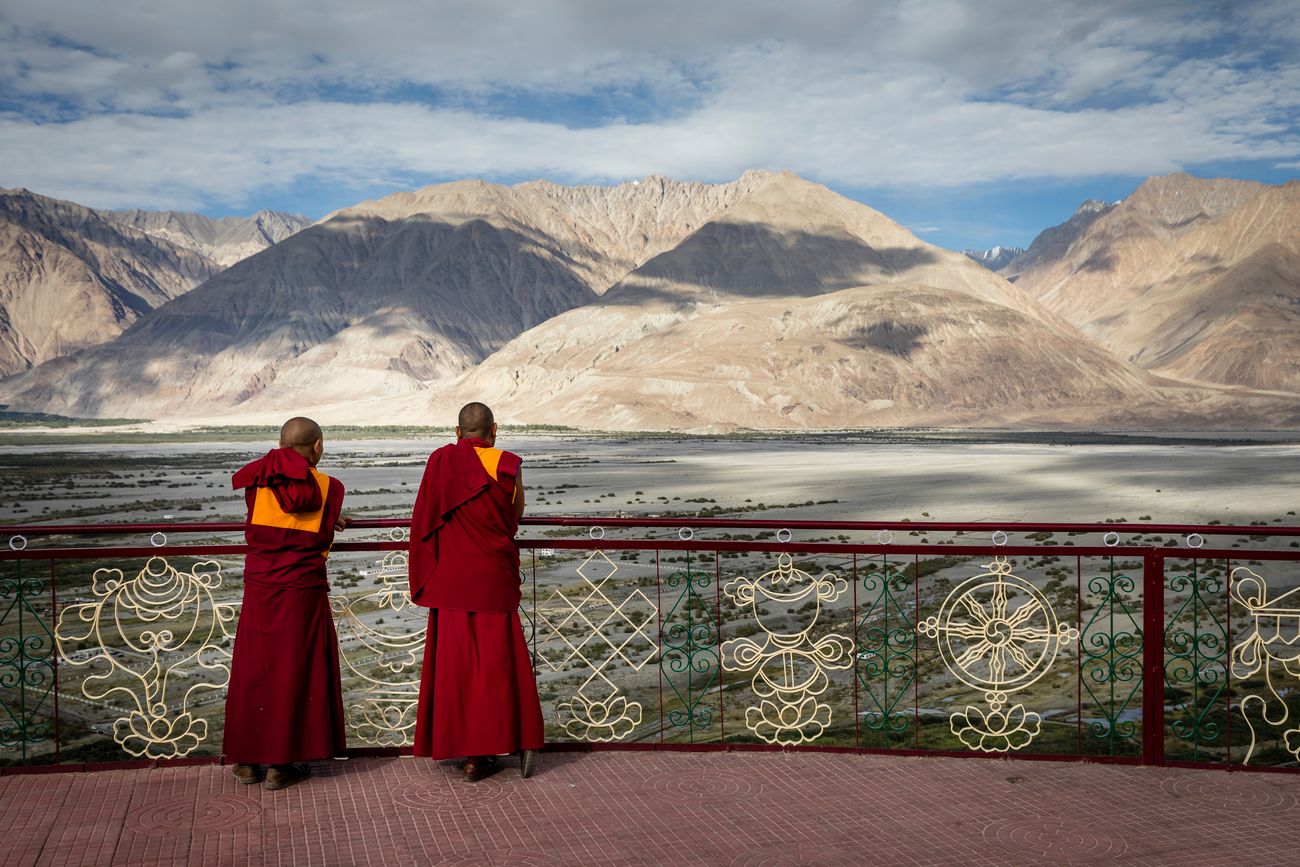
Two monks stand and overlook the Nubra valley in Ladakh from the Diskit Monastery © Bhaven Jani
Buddhism As It Is Now
To promote Buddhism and the landmarks related to Buddha, the ministry of tourism in India is having discussions with the government of Japan and the World Bank to establish and advance the Buddhist Circuit, as well as trails in Bihar, Uttar Pradesh, Madhya Pradesh, and Gujarat. The Buddhist Circuit is an important destination for some 450 million Buddhist pilgrims. The tourism ministry is also working on advertising other Buddhist sites located in Andhra Pradesh, Madhya Pradesh, and Gujarat. The Indian Railway also has a special tourist train, the Mahaparinirvan Express, that takes passengers through the Buddhist pilgrimage sites of Bodh Gaya, Rajgir, Nalanda, Varanasi, Sarnath, Lumbini, Kushinagar, and Sravasti in an 8 Nights/9 Days tour that starts at New Delhi. So if you are interested in learning more about the Buddha, simply hop on the train and follow the path he took 2,500 years ago.
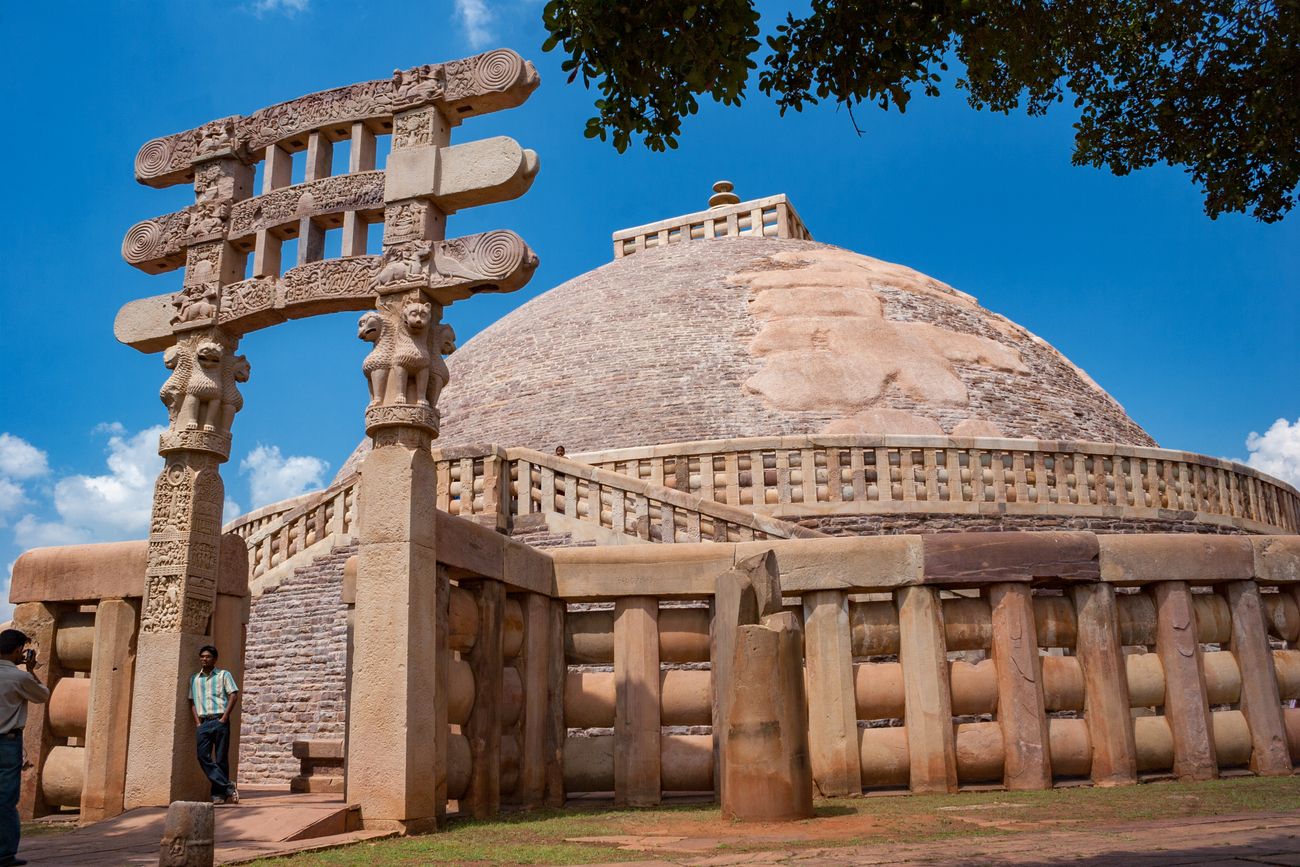
The best known Buddhist piece of architecture, the Great Sanchi Stupa in Madhya Pradesh © ImagesofIndia
Buddhist Stupas
There are several Buddhist stupas in India; which are hemispherical structures that are places of meditation and house Buddhist relics:
• Sanchi Stupa. Madhya Pradesh, a UNESCO World Heritage Site
• Dhamekh Stupa, Sarnath
• Chaukhandi Stupa, Sarnath
• Amaravati Stupa, Andhra Pradesh
• Shanti Stupa, Leh
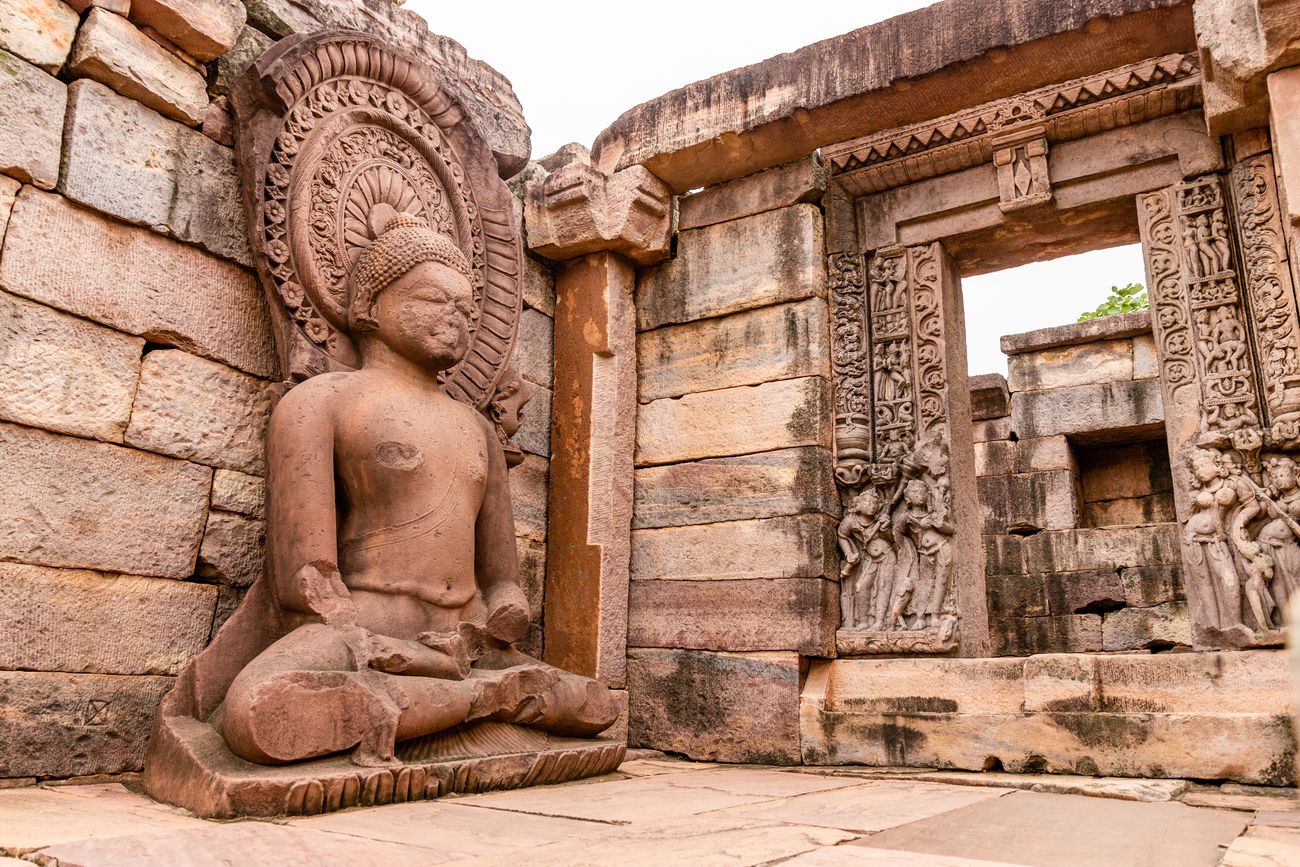
The idol of Buddha at the Sanchi Stupa in Sanchi, near Bhopal in Madhya Pradesh © Deepak Bishnoi Pradesh
The Buddhist Calendar
The Buddhist calendar has many important dates that mainly mark the monthly full moon or Poornima.
• The Buddhist New Year is celebrated from the first full moon day in April for three days.
• Vesak or Buddha Day celebrates the birth, enlightenment, and death of the Buddha and is usually on the full moon day in May.
• Magha Puja Day happens on the full moon day of March and commemorates an important event that occurred early in the Buddha’s teaching life when four of his chief disciples assembled to meet him.
• The Asalha Puja Day or Dhamma Day, on the full moon day in July, marks the Buddha’s first teaching.
• Uposatha or Observance Day happens four times a month on the new moon, full moon, and quarter moon days.
• Abhidhamma Day marks the day when the Buddha went to Tushita Heaven (Heaven of Satisfaction) and is celebrated on the full moon day in October.
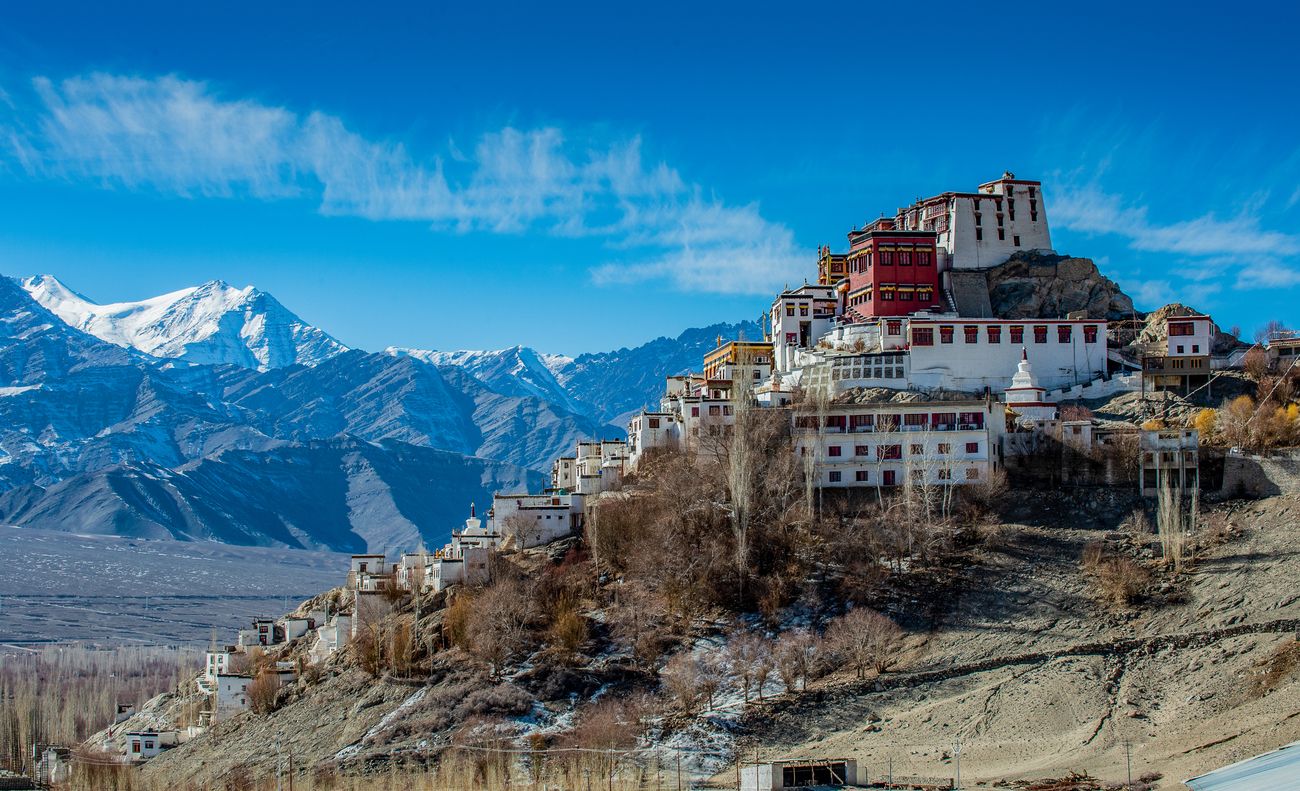
Thiksey Monastery in Gompa, Leh Ladakh, one of the most popular and breathtaking places to view the city © Suchitra Poungkoson
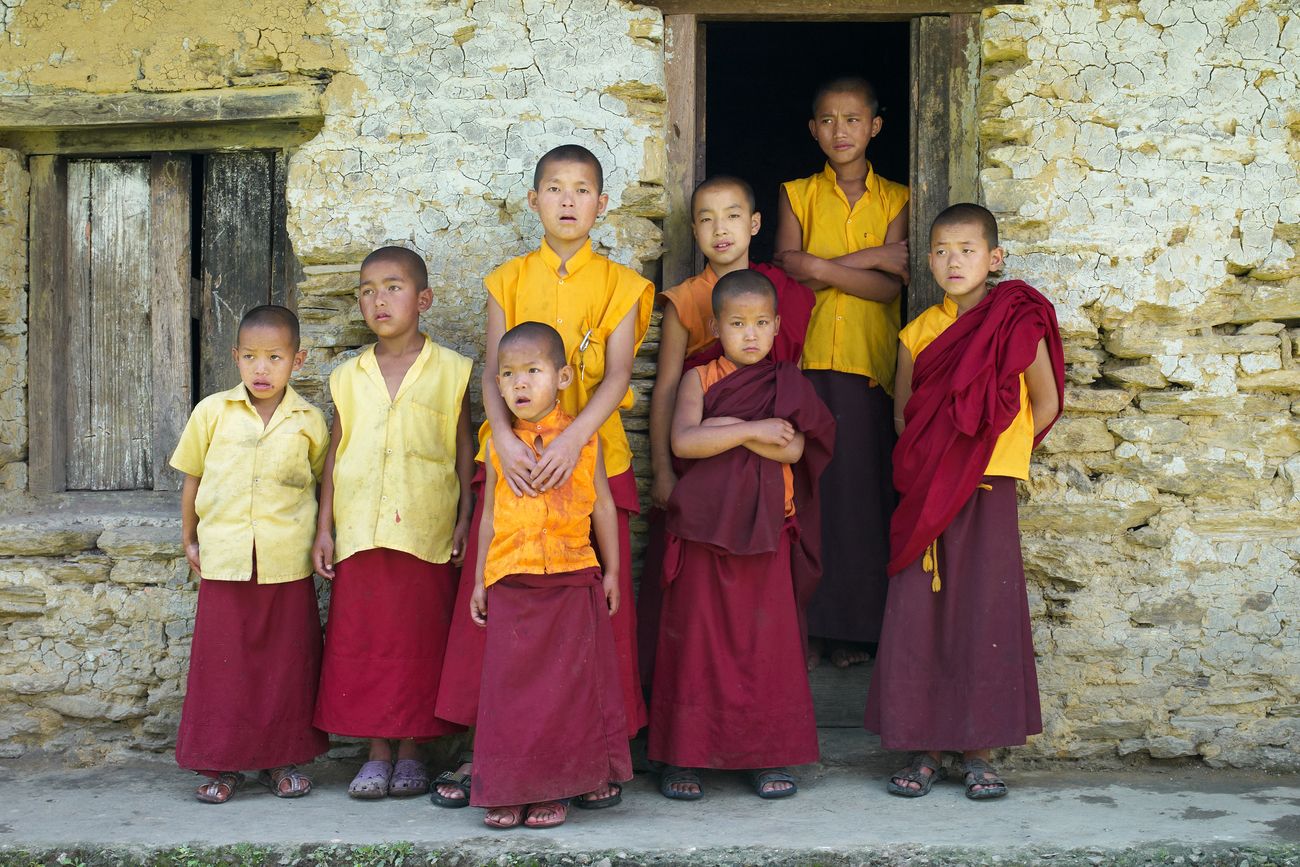
Young monks stand outside a house in Sangachoeling Gompa in Sikkim, which is a very popular monastery © Baciu

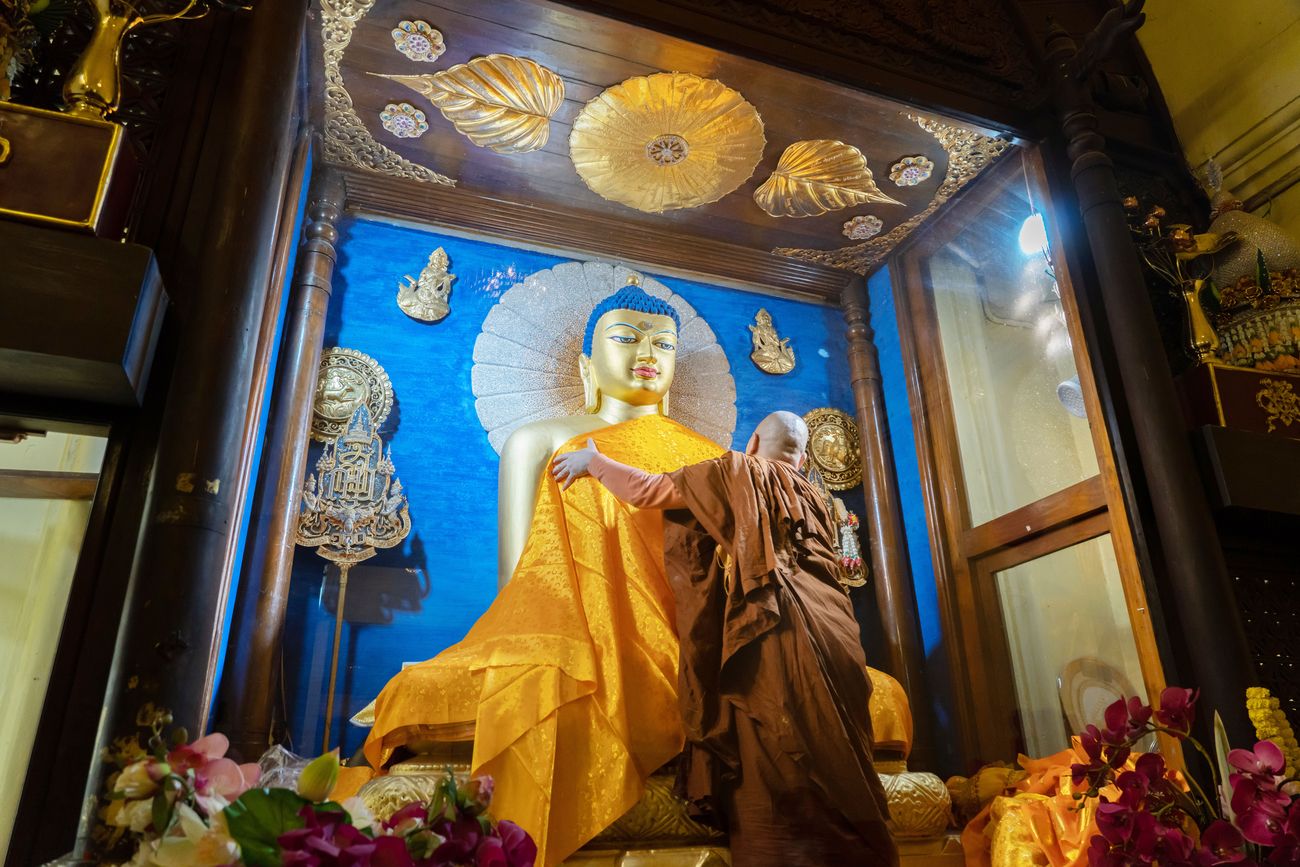
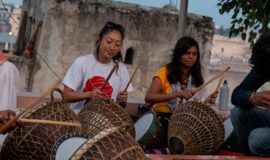
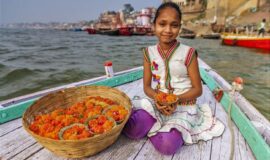
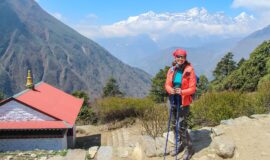
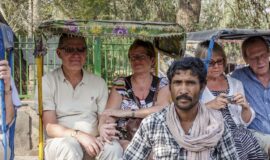
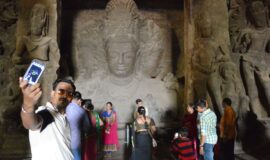
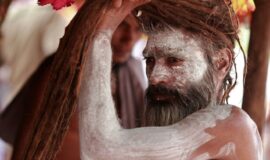
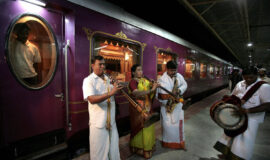
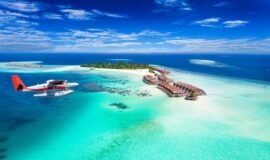
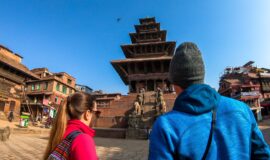
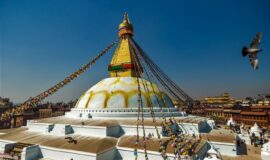

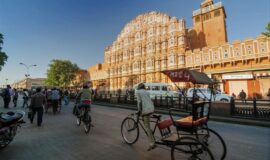
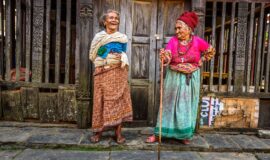

![Golden Triangle Tour with Goa [Culture + Beach Vacation] (12 days) Golden Triangle Tour with Goa [Culture + Beach Vacation] (12 days)](https://www.vacationindia.com/wp-content/uploads/2022/06/golden-triangle-tour-with-beach-vacation-270x160.jpg)
